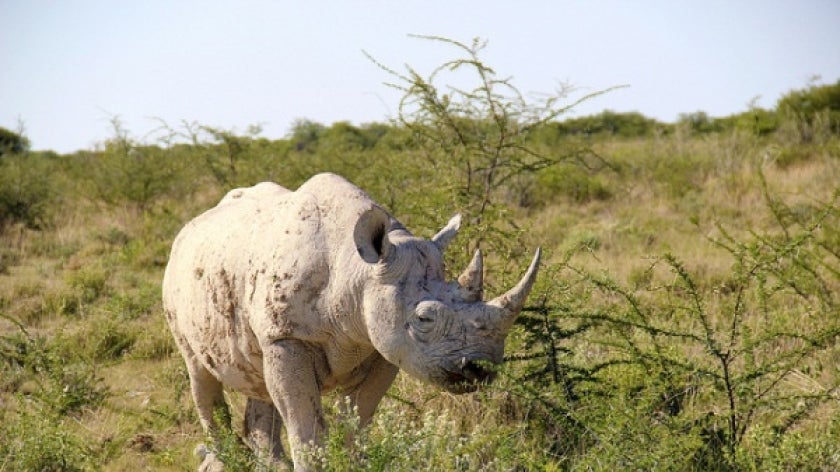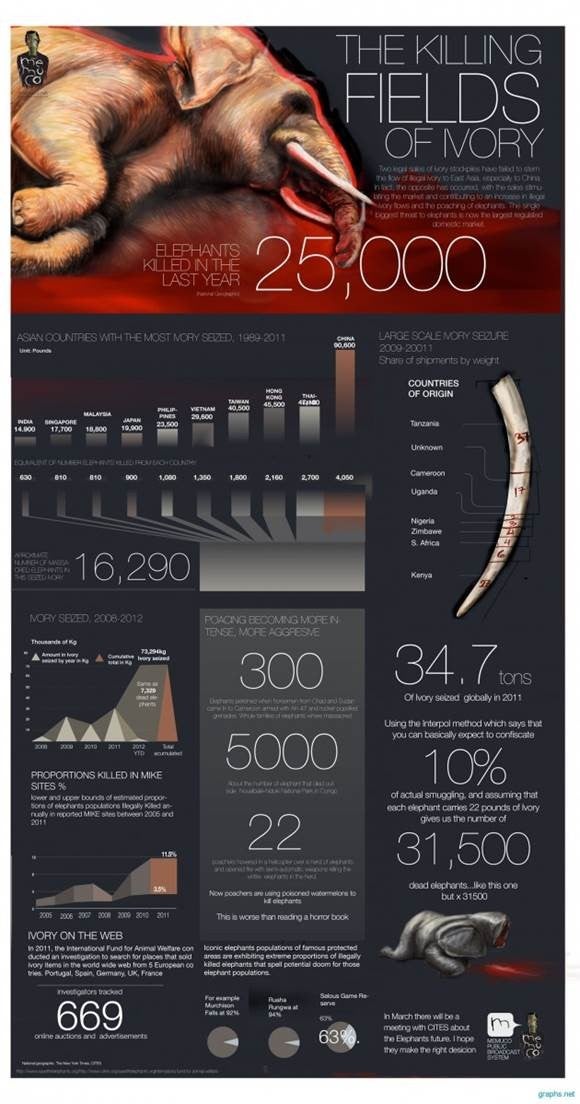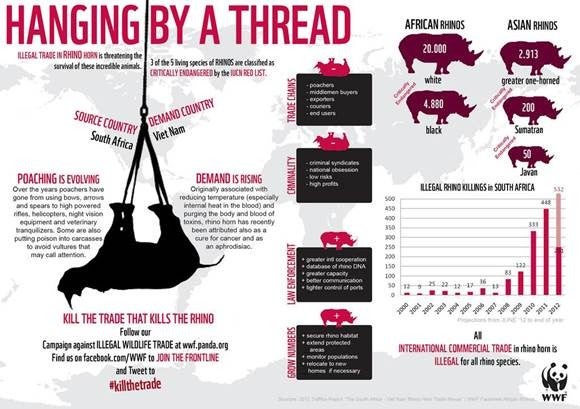
World Wildlife Day March 3 – join the campaign and get #seriousaboutwildlifecrime

The GEF is playing an active role in combatting illegal wildlife trade. The fight against extinction includes involving and empowering communities and work with local authorities and international partners to curb the deadly trade. GEF has historically addressed the key threats to biodiversity—including wildlife-- through a combined approach of improving the management of protected areas and integrating or mainstreaming biodiversity considerations into the production sectors that most negatively impact biodiversity and the ecosystem goods and services that biodiversity provides to society.
In the past 5 years, illegal trade in wildlife and wildlife parts has emerged as a critically important direct threat to wildlife particularly in Africa and Asia. In response, the GEF has developed a strategy to address this very specific threat which will complement GEF’s ongoing support to wildlife management through improving protected area management and sustainable natural resources management in production landscapes.
GEF support will focus on stopping supply and reducing demand of illegal wildlife and wildlife parts while strengthening legal and enforcement capacity to curtail trafficking using an array measures identified by countries specific to the country situation. Specifically the following elements are part of the GEF program for the next 4 years:
1) Stopping Supply:
- Mainly site-based work to improve protected area management, and in particular, to implement anti-poaching strategies focused on improving enforcement, implementing community based wildlife management strategies and policy, regulatory and legal measures. All told, the aim is to increase the costs/risks to poachers that undertake this illegal activity while providing viable alternatives when local communities engage in poaching as a last resort for income generation.
2) Curtailing and Stopping Trafficking:
- Increasing capacity for national policy implementation and enforcement and cooperation responses among law enforcement agencies and relevant international organizations in range, transit and consumer states to reduce trafficking and consumption including illegal shipping of wildlife products.
- Mainstreaming “tusk/rhino horn/illegal wildlife product-free ports” into different aspects of International Shipping (e.g. container business, custom screening process, between major export countries, transit countries and consumer countries.
- South-south cooperation to strengthen and coordinate wildlife trade policy, institutions and awareness /outreach efforts to increase efficiencies in wildlife trade management between Africa supply countries, transit countries and Asian consumer countries.
3) Stopping Demand
- Reduce consumer demand for illegally traded wildlife through targeted and evidence-based behavior change strategies implemented at national and regional levels as well as development of appropriate penalties and enforcement strategies particular to national circumstances.

Elephant in Etosha National Park, Namibia
Since 1991, the GEF has directly contributed over $78 million and leveraged over $206 million in co-financing in the funding of 28 projects promoting wildlife conservation, combating poaching and illegal wildlife trade, and preventing the extinction of threatened species.
At the 5th Assembly of the GEF in Cancun in May 2014, in a side event called “Preventing the Extinction of Known Threatened Species by Addressing Poaching and Illegal Trade,” the World Wildlife Fund (WWF) the World Bank and the GEF discussed partnerships as key to pursue innovative and workable solutions to combat the “perfect storm” of rampant illegal wildlife trade locally, regionally, nationally, and worldwide (Watch IISD video summary of the event: http://www.iisd.ca/videos/gef/council46-preventing-the-extinction-of-known-threatened-species-by-addressing-poaching-and-illegal-trade/).
GEF projects help countries to assess the current situation of illegal wildlife trade, train and equip law enforcement and rangers to respond to poachers, and support countries to build the required systems and implement available tools to combat this trade.
During its last meeting in May 2014, the GEF council approved a project entitled “Engaging Policy Makers and the Judiciary to Address Poaching and Illegal Wildlife Trade in Africa” with the purpose of creating the enabling environment to effectively address poaching and illegal wildlife trade through new and enhanced laws, regulations, and policies (To learn more about this project, visit: /gef/project_detail?projID=5821).
Ivory Seizing Statistics (National Geographic, New York Times, CITES)

The GEF aims to build effective policymaking infrastructure and create political will to institute systems that will protect elephant and rhino populations, combat elephant and rhino poaching, and fight ivory trafficking in 18 different African countries. Improving policy and judicial action will strengthen national legislation, improve weak governance, and mitigate corruption to enable countries to respond to illegal wildlife trade in adequate capacities.
In partnership with the World Bank and the IUCN, the GEF is also funding Save Our Species (SOS), a global coalition to build the biggest species conservation fund and to support field and wildlife conservation projects and initiatives around the world.
WWF Rhino Infographic (©All rights reserved by WWF-Canon Global Photo Network)

The GEF and its partners are committed to conserving biodiversity, combating illegal wildlife trade, empowering local officials and law enforcement, enacting effective policies and preventing the extinction of threatened species.